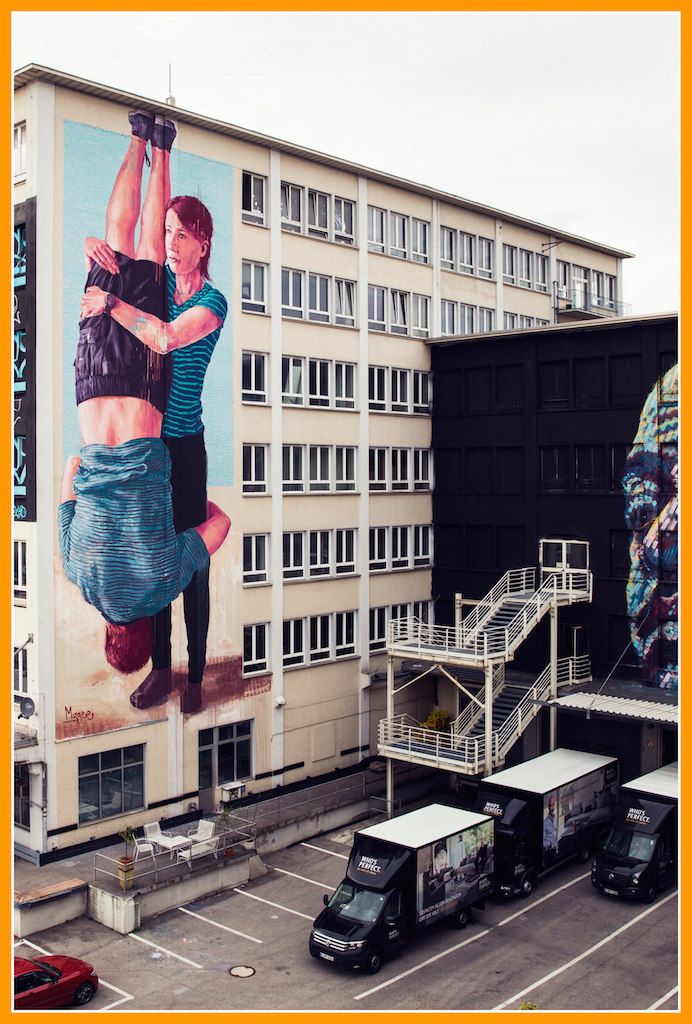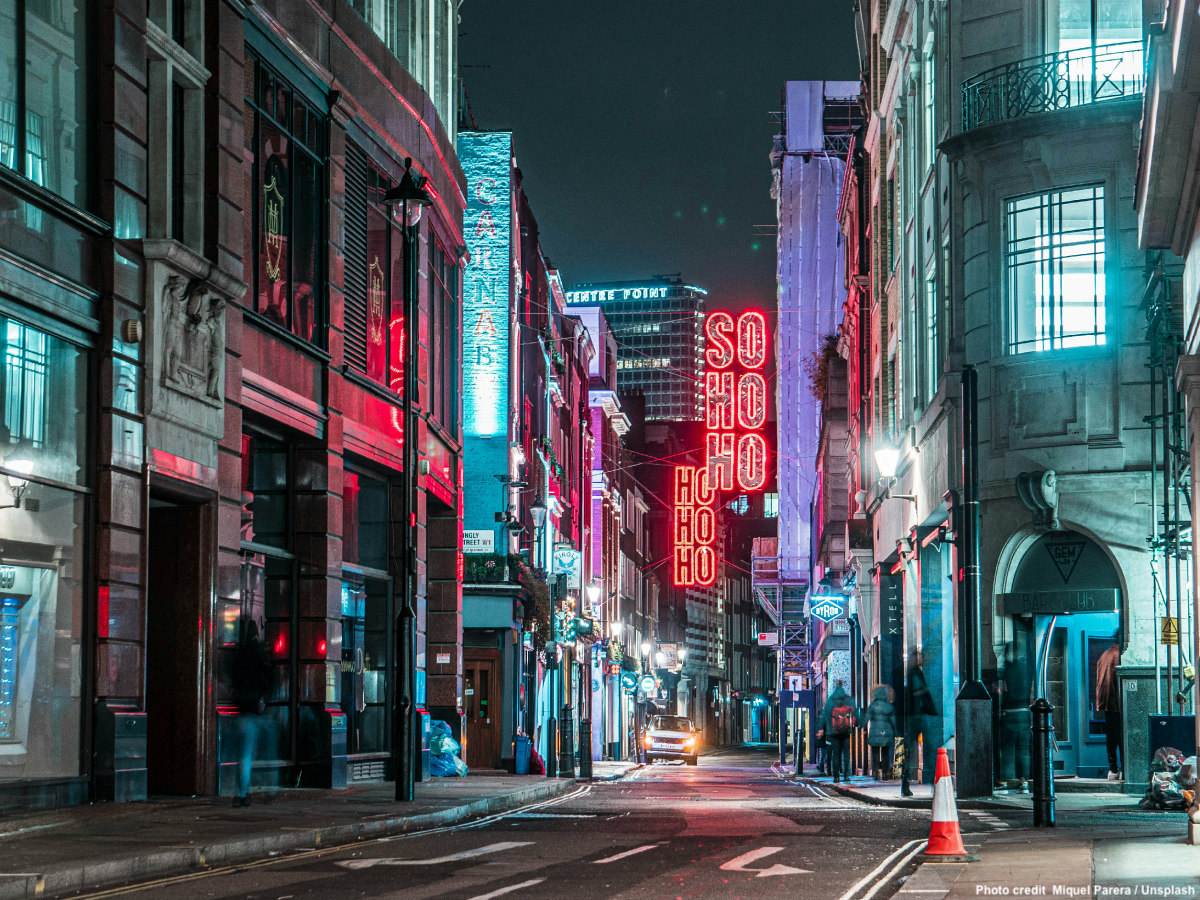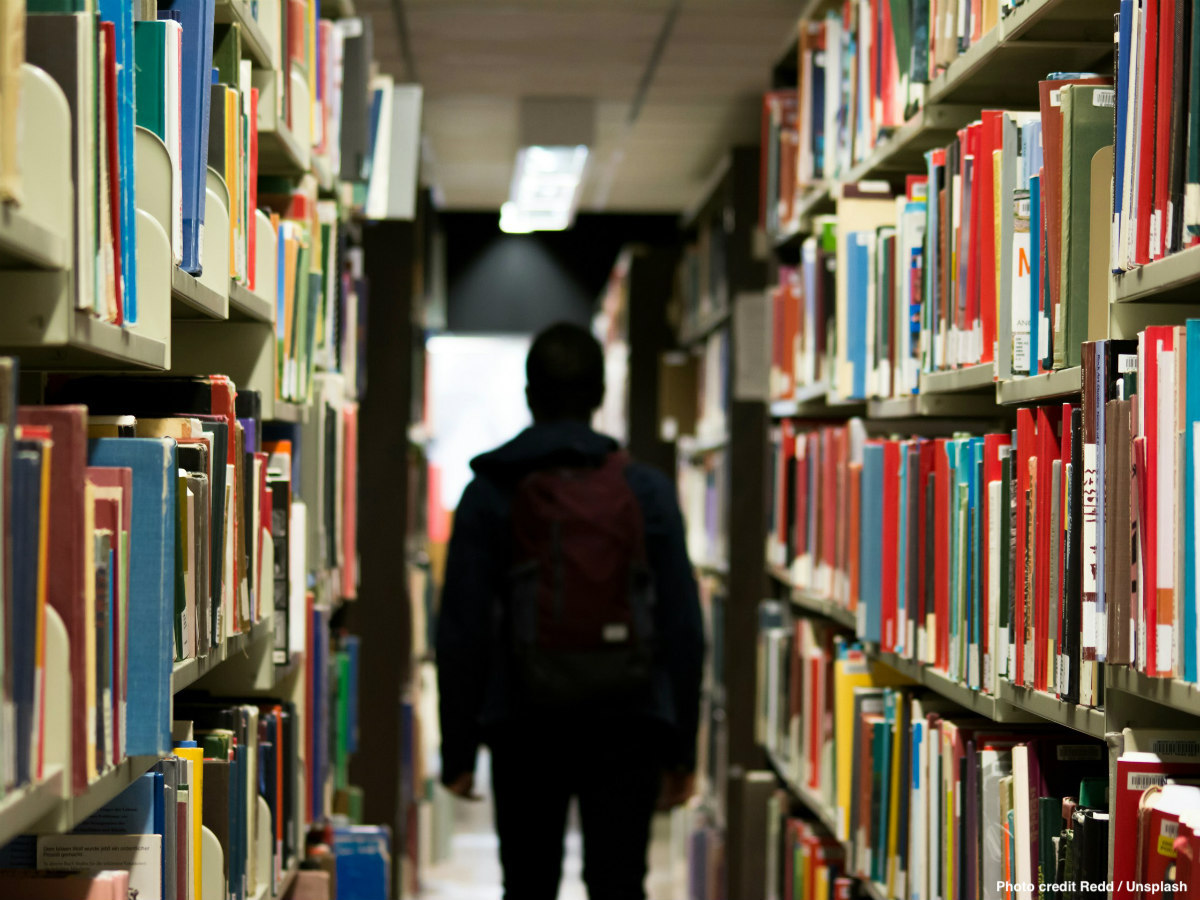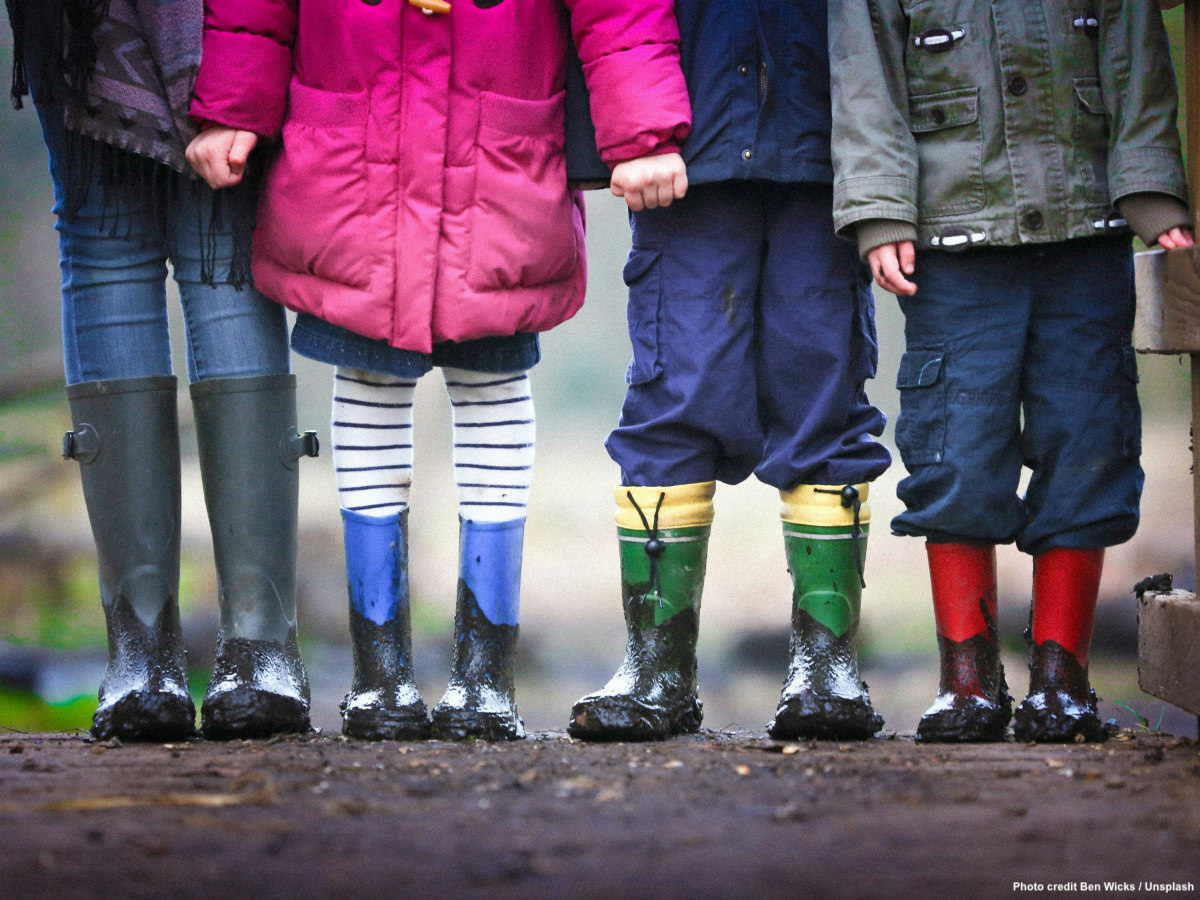In a city like Munich with rampant population and so little vacant space, every slot available in terms of empty buildings matters. In the absence of the public and hidden behind the façade of an old office building, artists of urban and contemporary art have been working for several months in Munich on their individual „spatial experiments“. The street art project is called KUNSTLABOR. It takes advantage of an empty building, which is temporary available in-between tenants, making space for culture in the city.
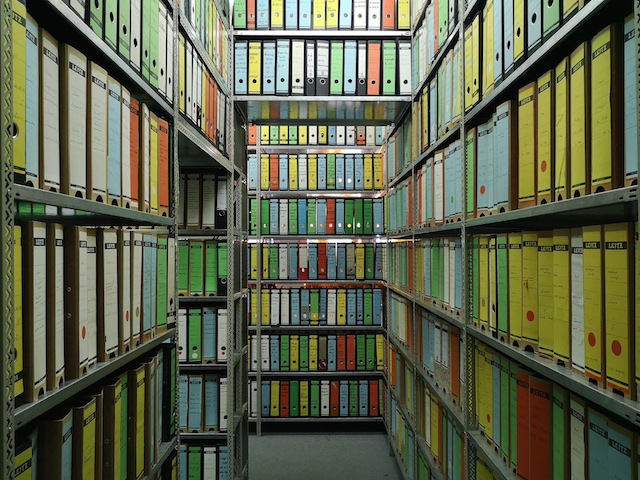
The building is located in the Landsbergerstrasse 350 in the West of Munich. It was until recently the headquarters of the supermarket chain Tengelmann before it was sold to a competitor who made the offices redundant. The building was standing empty waiting to be demolished and make way for a new office complex. But before the planned conversion, its new owner, the company AXA IM – Real Assets and the real estate developer FOM Real Estate, presented the opportunity to the Munich based Urban Art Museum (MUCA) and so the KUNSTLABOR came into life.
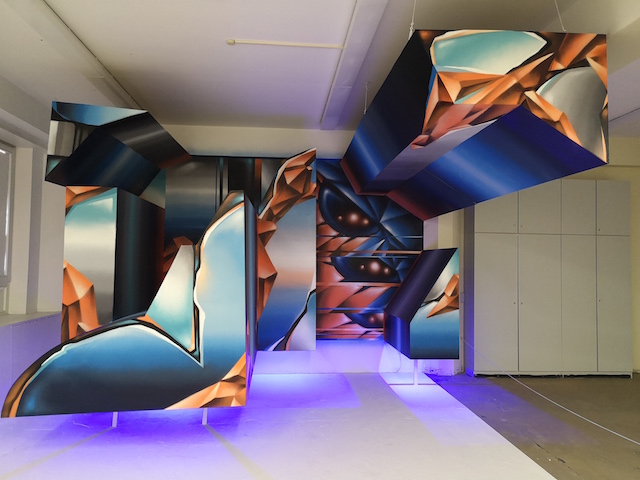
The numerous relics of the former office complex serve as inspiration and backdrop for the works of the artists; mouse-grey wallpapers became canvases, files turned into sculptures, and office cabinets into installations – spray painted, drawn, hammered and artistically realized on several floors.
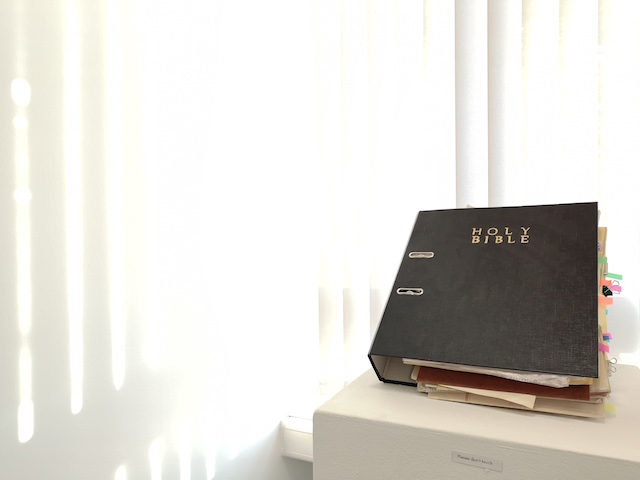
The fact that culture in form of ‘spatial experiments’ takes place on a temporary basis in-between tenants before giving way to a new development, puts an emphasis into a question that the World Cities Culture Forum is trying to address: ‘How can cities continue to grow and attract investment while preserving their cultural infrastructure – and the vibrancy and diversity that make them unique? How can cities make space for culture?’.
According to a JPMorgan Chase Report, ‘Munich faces substantial population growth and spatial management challenges as it runs out of easily developable space within its city boundaries. Developable land scarcity has led to high property prices, increased pressure on road networks, and restrictions on the ability of ethnically diverse, low-income and youthful populations to settle in the city’.
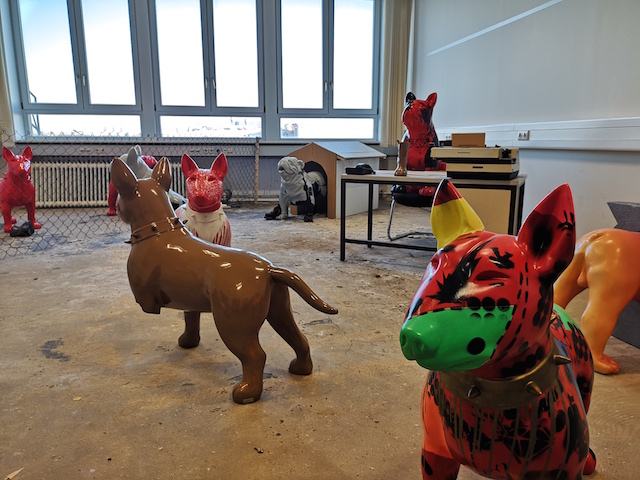
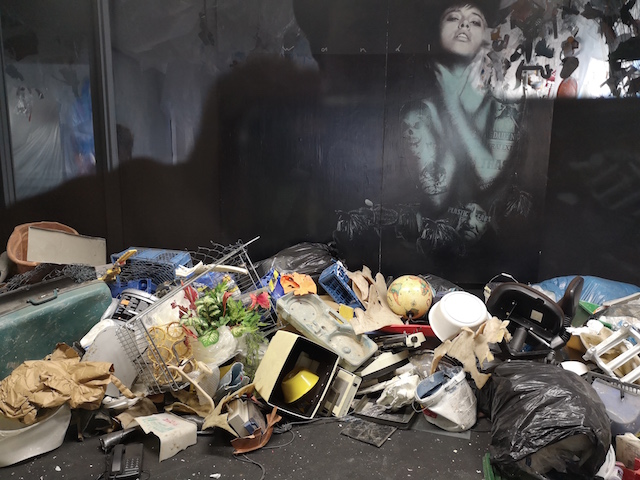
The first installation when you enter the KUNSTLABOR premises is of a wall erected in a small town on the outskirts of Munich to separate the neighbourhood from a newly built refugee accommodation. In Munich, a growing ethically diverse city with little space for citizens to coexist, the need to come up with more cultural projects like KUNSTLABOR is high on the city’s agenda. Culture facilitates a dialogue and opens the minds of citizens to embrace a diverse population.
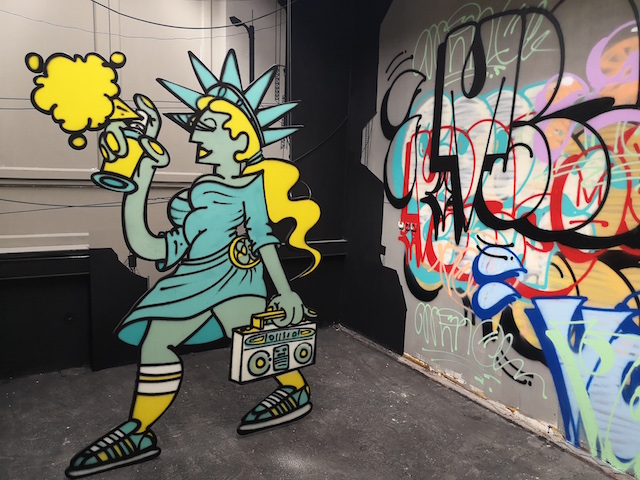
The World Cities Culture Forum believes that ‘the affordability crisis is one of the biggest challenges facing culture in world cities’. These trends directly threaten social cohesion, the long-term health of world cities and their ability to a cosmopolitan mix of people.
Making space for culture by taking advantage of the period in-between tenants is more than an idea, it is a way of surviving. But, why not experiment in this low-cost way? In some cities like London or Dublin, it’s estimated that more than 10,000 buildings are standing empty. Lots of buildings end up sitting vacant while owners wait for permission to transform them.
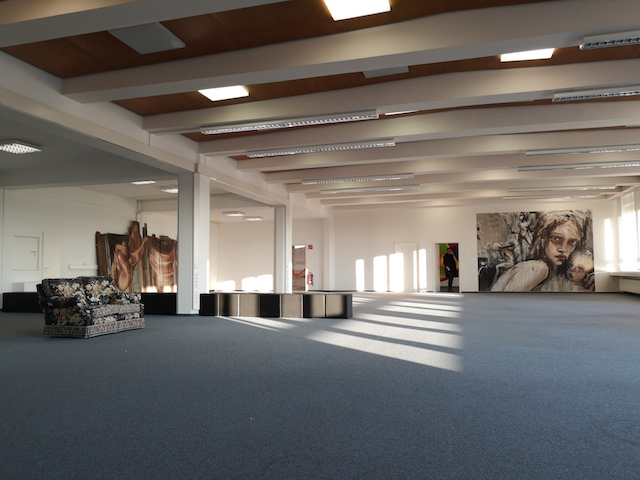
The co-working start-up Second Home hands over the keys of their empty buildings to charities and creative organisations to use on a temporary basis while they are twiddling their thumbs and waiting for council approval.
They work a lot with the social enterprise Somewhereto, to give young people from diverse backgrounds free space to do creative stuff, like making music videos and doing fashion shows.
In Munich, a city which has grown continuously for the past 30 years and where there is currently a high demand for office space, a project like KUNSTLABOR with affordable space where 50 local and international artists can artistically reinterpreted 5,000 square meters of interior and exterior space is big news.
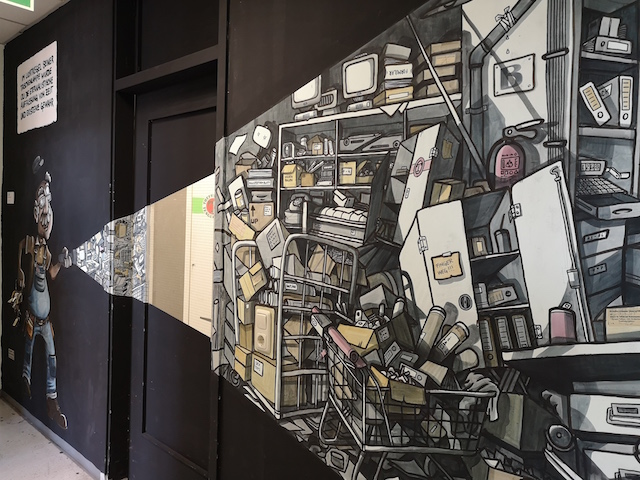
With the opening of the KUNSTLABOR, the Museum of Urban and Contemporary Art (MUCA) pursues its goal to create a space for this young and transitory form of street- and urban art. And moreover it inspires city developers and urban developers in other cities to consider making more space for culture.
KUNSTLABOR is still open until the end of January 2019.
